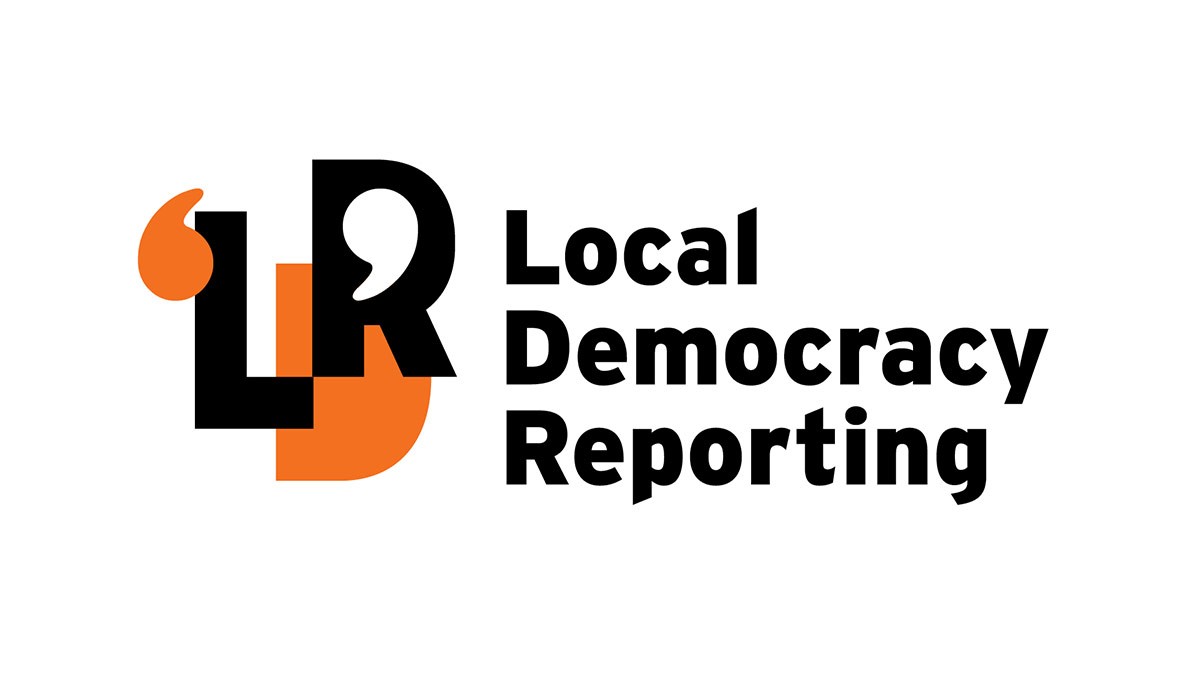Cost to repair Marlborough’s flood-hit roads jumps by $74m


The Marlborough District Council thought it was going to cost $160m to restore the Sounds network. The new bill is sitting at $234m. Photo: Anthony Phelps/Stuff
Marlborough has finalised its business case to put to Waka Kotahi to restore the Sounds transport network, but it'll cost $74 million more than first proposed.
It comes as Marlborough mayor Nadine Taylor urged the Government for assistance, saying the repair bill – estimated at $234m – would be a “massive hill” for the community to climb itself.
The Marlborough District Council in June revealed the “emerging preferred options” for restoring access and strengthening some roads in its Marlborough Sounds Future Access Study, prepared by engineering firm Stantec.
The roads were badly damaged during flooding in July 2021 and August 2022, with 1535 faults still “outstanding” in the transport network.
Following a round of public engagement, Stantec had come back to the council with a final “programme business case” to put to Waka Kotahi. That case was endorsed by the assets and services committee on Tuesday.
The cost had landed above the initial estimate, after proposed “levels of service” were raised for Moetapu Bay and Kenepuru Rd from Portage, to include more targeted repairs to “improve resilience”.

The 532-page business case had broken the budget down into categories, including $146m estimated for road repairs, also referred to as emergency repairs, $45m for road improvements and $33m for marine improvements. They also budgeted $3m for further investigations into road improvements and $7m for investigations into marine improvements.
The business case had worked off the “assumption” Waka Kotahi could provide a 71% funding assistance rate (FAR) for the $146m emergency repair build, and 51% FAR for improvements.
The council would also explore other funding options, such as the Transport Resilience Fund, and from the International Visitor Conservation and Tourism Levy Fund for works on Queen Charlotte Dr. The remaining would have to be funded by ratepayers.
“We appreciate the strategic and financial support we have received from Waka Kotahi so far, but given Marlborough’s small ratepayer base, a repair programme of the necessary depth and complexity is too much for our community to afford,” Nadine said.
The business case was said to be the first of its kind in New Zealand, and a “lack of established guidance” meant it relied on a balance of local knowledge, engineering judgement and “what feels right”.

It said emergency road repairs were the immediate priority, and would be completed within one to three years. From there, the focus would switch to road improvements, expected to happen from 2028 to 2034.
Marine improvements would be undertaken from 2028, and could take up to 30 years. However, the highest priority marine works would be completed within five years.
At the meeting on Tuesday, deputy mayor David Croad reiterated the committee was supporting the business case, which would be presented to the Waka Kotahi board before the end of the year – and repairs were not yet committed to.
Six critical risks were identified as part of the study. These included Marlborough’s “small ratepayer base” and the need to stay on top of other council services.
There was also uncertainty about access to other funding streams.
It meant there was a risk that the council might not be able to afford to deliver the preferred programme, the business case said.
Other risks included that iwi and Heritage New Zealand interests were not adequately addressed due to time constraints.
There was also a lack of contractors as many were responding to damage from Cyclone Gabrielle. It meant costs could increase, leading to “poorer” outcomes.
Resource consents for marine infrastructure could be “challenging” and end up delayed or unaffordable. It could require additional dredging which may increase pollution and environmental degradation, the business case said.
Meanwhile, 83 per cent of roads had no alternative route and if one part of the road failed, everyone beyond that point lost access.

The business case said rising sea levels and more extreme weather events were predicted to further exacerbate the vulnerability of the Sounds geology.
It meant any area lower than 3 metres was considered high risk due to the high tidal ranges possible, such as the top of Kenepuru Sounds.
The business case would go to an extraordinary council meeting for final sign-off on October 10.
The council expected to get an indication of what funding it would receive from Waka Kotahi before the end of the year. They would then consult with the community again, likely through the long-term plan, before a final decision on the repairs was made.
Cost breakdown
Sounds wide studies: $10m
French Pass: $26m (road repairs), $15m (road improvements), $9m (marine improvements) – $50m total
Pelorus: $2m (repairs), $4m (improvements) – $6m total
Queen Charlotte: $14m (repairs), $6m (improvements), $6m (marine) – $26m total
Kenepuru: $94m (repairs), $12m (improvements), $18m (marine) – $124m total
Port Underwood: $11m (repairs), $8 (improvements) – $19m total
Total: $234m
Public Interest Journalism funded through NZ on Air.
